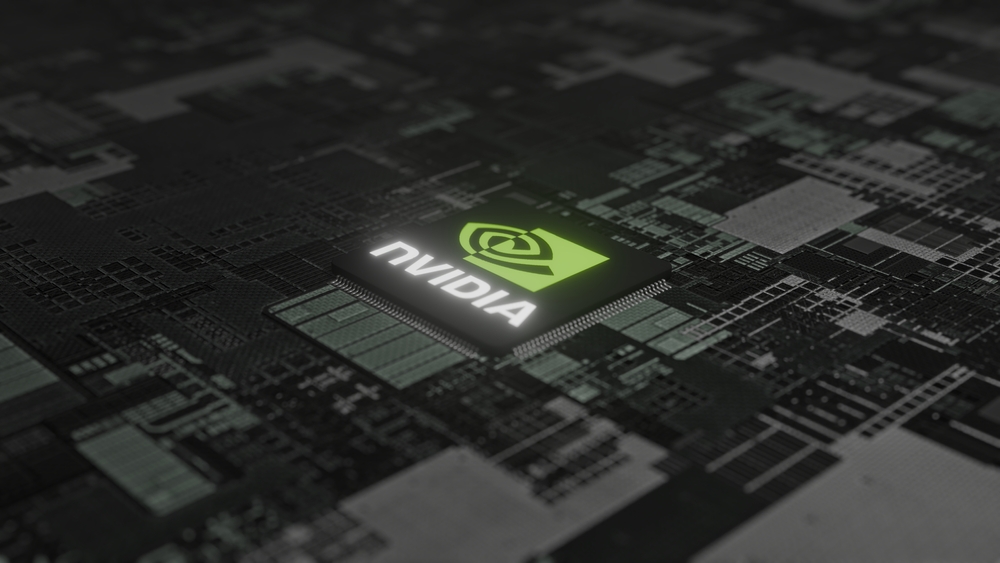
Semiconductor stocks are under pressure, and nowhere is that more evident than in the Direxion Daily Semiconductor Bull 3X Shares (SOXL).
The leveraged ETF — designed to deliver three times the daily return of the ICE Semiconductor Index — has plunged 34.5% year to date and 61.4% over the past 12 months.
That marks a dramatic reversal from just last spring, when SOXL was up 187% year over year in May 2024. The fund, one of the most actively traded leveraged ETFs, has been hit hard by macroeconomic uncertainty and anxiety over President Trump’s unpredictable tariff agenda.
The leveraged ETF — designed to deliver three times the daily return of the ICE Semiconductor Index — has plunged 34.5% year to date and 61.4% over the past 12 months.
That marks a dramatic reversal from just last spring, when SOXL was up 187% year over year in May 2024. The fund, one of the most actively traded leveraged ETFs, has been hit hard by macroeconomic uncertainty and anxiety over President Trump’s unpredictable tariff agenda.
SOXL’s top holdings include industry giants like Nvidia (down 17% YTD), Broadcom (–25.8%), AMD (–11.7%), and Texas Instruments (–3.6%). QUALCOMM is the lone standout, up 2.8% this year.
“For the past nine months, some of these firms were expecting a stronger bounce back in industrial demand—factory automation, medical equipment, and appliances,” said Brian Colello, equity strategist at Morningstar.
“However, it wasn’t bouncing back in the second half of 2024, and given tariff concerns and uncertainty, it doesn’t seem like it will bounce back all that great at the start of 2025.”
Will 'Liberation Day' bring relief — or more chaos?
Investors are closely watching April 2 — dubbed “Liberation Day” by Trump — when new tariffs are expected to be announced.
While recent reports suggest the administration may back off plans for sector-specific tariffs that would include semiconductors, the policy remains fluid.
In a surprise move Thursday, Trump announced a 25% tariff on all vehicle imports, contradicting earlier suggestions of a more targeted approach.
Even if semiconductors avoid direct tariffs, collateral damage is likely. Automakers — major consumers of chips — face higher costs that could depress demand.
“All these electric vehicles just use more chips for dashboard displays, infotainment, and safety features,” Colello noted. “Tariffs might hit the auto market especially hard... So that could be another, more severe headwind.”
Another wildcard is the future of the CHIPS Act, the 2023 bipartisan law aimed at boosting domestic chip production.
Trump has called it a “horrible, horrible thing,” raising concerns about potential funding cuts. Still, with backing from both parties, a full rollback may be politically difficult.
The broader Morningstar Global Semiconductors Index is down 12.5% this year.
Your email address will not be published. Required fields are markedmarked